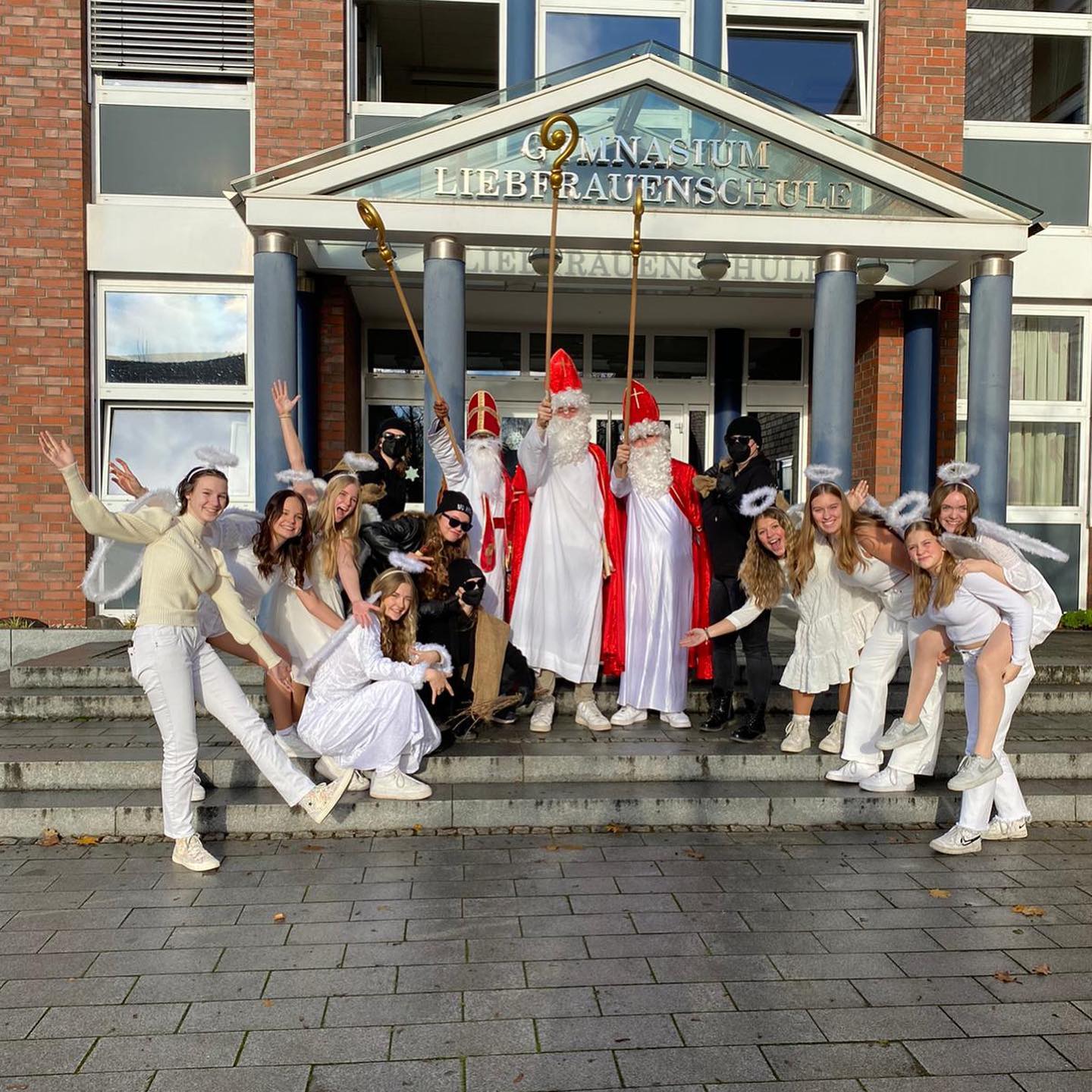Trending § IEEE § Campus Clocks § Carillons § Retrodiction
- 0101.July.Tuesday

National Electrical Safety Code 2028
NESC 2028 EDITION REVISION SCHEDULE
https://standardsmichigan.com/ieee-c2-2017-national-electrical-safety-code-content-transfer/
- 0101.July.Tuesday

- 0202.July.Wednesday

Sherman Act 1890
The Sherman Antitrust Act of 1890, which prohibits anticompetitive practices and monopolies, has an indirect but significant relationship with voluntary consensus standards (VCS). VCS are industry-developed standards created through collaborative, open processes to ensure interoperability, safety, or efficiency in products and services.
1. Antitrust Concerns in Standard-Setting: The collaborative nature of VCS development, where competitors work together to set industry standards, can raise antitrust concerns under the Sherman Act. If standard-setting organizations (SSOs) or participants engage in practices like price-fixing, market allocation, or excluding competitors, they could violate Section 1 of the Act, which prohibits agreements that unreasonably restrain trade. For example, if an SSO excludes certain firms from participating in standard-setting to suppress competition, it could face scrutiny.
2. Procompetitive Benefits: Courts and regulators generally recognize that VCS, when developed transparently and inclusively, promote competition by fostering interoperability, reducing costs, and encouraging innovation. The Sherman Act supports such procompetitive activities as long as they don’t involve collusion or exclusionary tactics. Guidelines from bodies like the U.S. Department of Justice (DOJ) and Federal Trade Commission (FTC) emphasize that SSOs should adopt open, fair processes to avoid antitrust violations.
3. Legal Precedents: Cases like Allied Tube & Conduit Corp. v. Indian Head, Inc. (1988) illustrate the Sherman Act’s application to VCS. In this case, the Supreme Court found that manipulating a standard-setting process to exclude a competitor’s product violated the Sherman Act. This underscores the need for SSOs to ensure their processes are not abused to suppress competition.
4. Patent and FRAND Issues: VCS often involve patented technologies, requiring fair, reasonable, and non-discriminatory (FRAND) licensing terms. If patent holders abuse their position by demanding excessive royalties or refusing to license, this could be seen as monopolistic behavior under Section 2 of the Sherman Act, which addresses unilateral conduct that harms competition.
The Sherman Act ensures that VCS processes remain competitive and do not become vehicles for collusion or monopolistic behavior. SSOs must design their procedures to comply with antitrust laws, balancing collaboration with the prevention of anticompetitive practices.
- 0202.July.Wednesday

Year Round Campus
Resident Counselors are current ND undergrads who mentor our high school students during on-campus programs. We’re so thankful for this group who share their love of @NotreDame all summer long. ☘️ ☀️ pic.twitter.com/bQQIKy1tR5
— Notre Dame Pre-College Programs (@NDPreCollege) July 21, 2022
Frisbee, friends, and sunshine—just another day for students to enjoy Year-Round Campus! ☀️💙#LifeatMary pic.twitter.com/vjVl66tYuC
— University of Mary (@umary) June 24, 2025
https://standardsmichigan.com/vacation-bible-school/A perfect day for football camp. We have two more sessions coming up in July—register your kids now! https://t.co/XaSBxv4mHC. pic.twitter.com/9isTPbWWJ4
— Rochester Community and Technical College (@RochesterCTC) June 28, 2025
https://standardsmichigan.com/summer-meals/
- 0202.July.Wednesday

Ædificare
— Mrs. H (@teachmrshold) February 21, 2025
We follow the construction spend rate of the US education industry; using the US Census Bureau Construction Spending figures released the first day of every month.
We encourage our colleagues in the education facilities industry to respond to Census Bureau-retained data gathering contractors in order to contribute to the accuracy of the report.
https://youtu.be/x613cyteWL4
Sogno Toscano at 17 Perry St, in the West village. New York City pic.twitter.com/g2Ij83imBH
— NewYorkCityKopp (@newyorkcitykopp) July 29, 2024

We’re “organized” but not too organized; like the bookseller who knows where every book can be found.
at a conference where you don’t have to present
— Peyman Milanfar (@docmilanfar) April 4, 2025
#AcademicChatter #AcademicTwitter
Academics be like 👇 pic.twitter.com/6cpVEw3PVS
— Reviewer 2 (@GrumpyReviewer2) April 2, 2024











